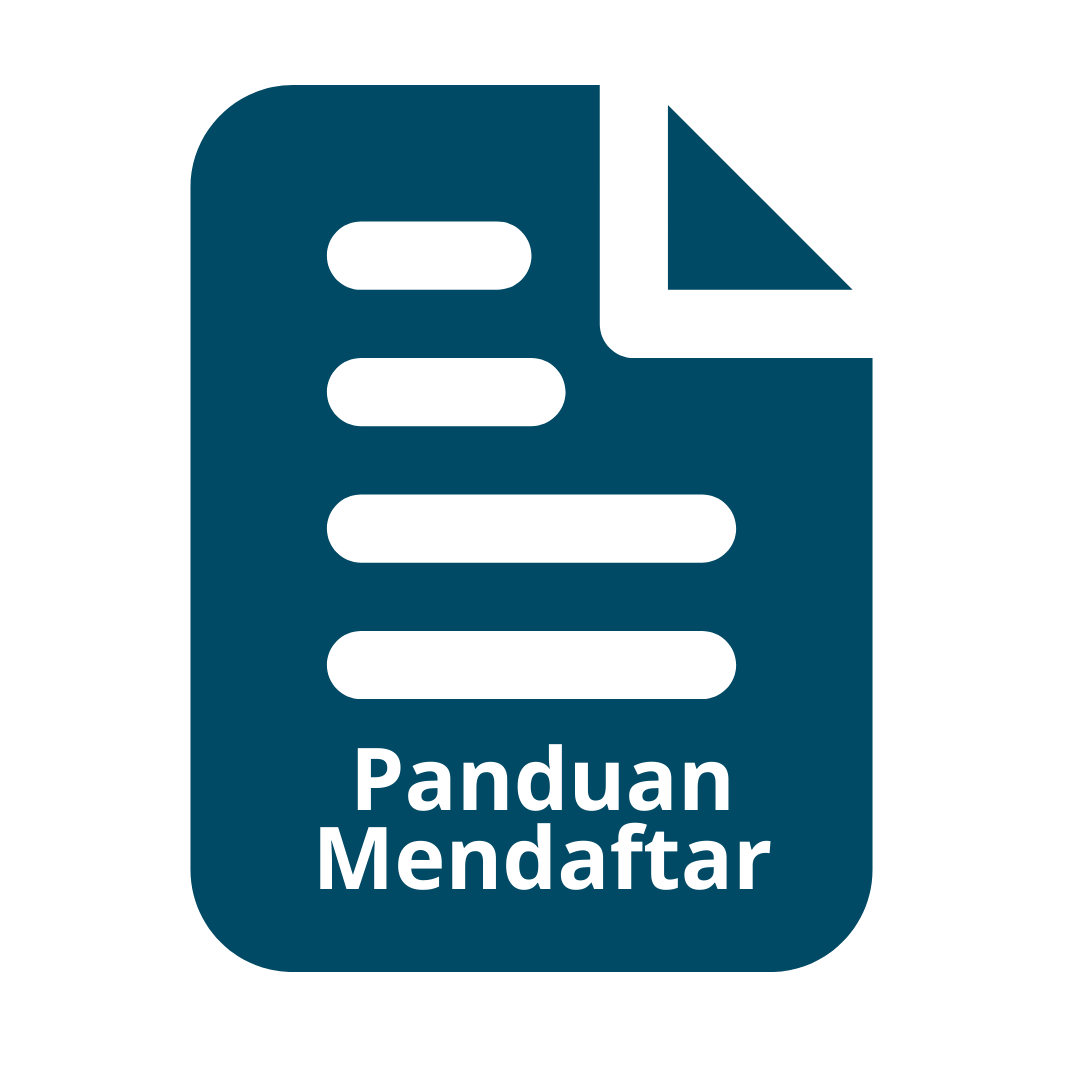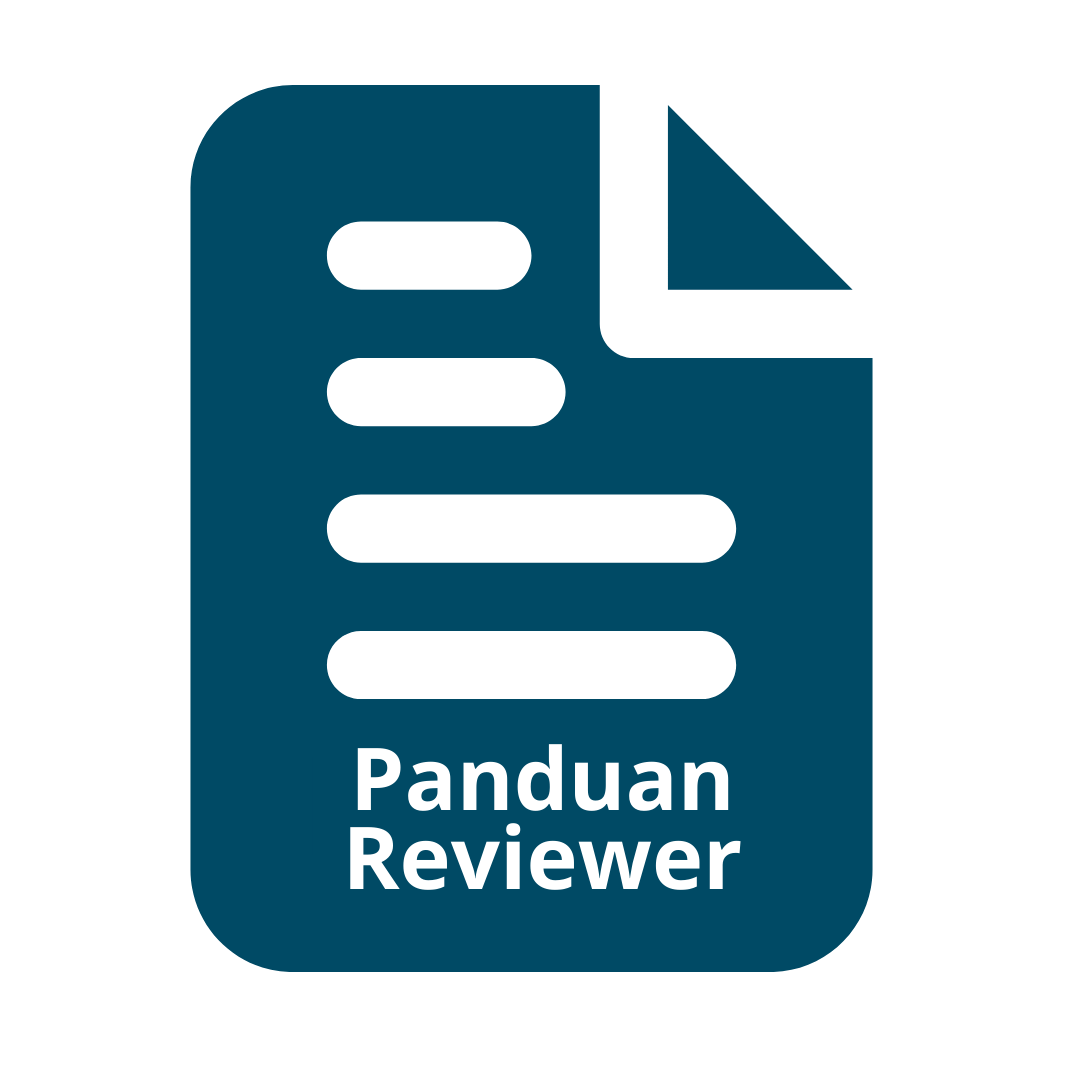Growth and yields of four sweet sorghum genotypes treated with various dose of arbuscular micorhize
Abstract
Sorghum Sorghum bicolor L. Moench is a crop cereal grains which is included in Gramineae or grasses. In Indonesia, currently sorghum crop brings new opportunity to be developed as a food crop, feed and producing bioethanol. The study aims to examine the interaction between the type of sweet sorghum genotypes and arbuscular micorhize doses, approppriate micorhize dose and sweet sorghum response to micorhize treatment. The research was conducted through a field experiment with a split plot design with sorgum genotypes as the main plot consisting of three genotypes which is G1=HZ-30, G2=Mandau, G3=Patir 9, and G4=Patir 3. As the sub plot is the micorhize dose consisting of three doses namely: D1=0 g/plant, D2=5 g/plant, and D3=10 g/plant with three replications. Observation were made on growth parameters which are plant height, stem diameter, leaf area, root volume, root dry weight, dry weight of the canopy and the dry weight of the seeds per hectare. Yield parameters consist of: essay panicle length and dry weight of seeds per hectare. The data is then analyzed its variance at 5% level of significance, and to find out the differences between treatments Duncan’s Multiple Range Test was conducted at 5% level of significance. The result shows: 1. An interaction is found between the treatment of genotypes and micorhize doses to both vegetative and generative growth of sweet sorghum. 2. Micorhizal dose treatment has not significant affect on all generative growth of sweet sorghum genotypes. 3. HZ-30 genotype with no micorhizal treatment produces the heaviest dry weight of seeds per hectare.
Keywords: growth, arbuscular micorhize, genotype, yields.
Keywords
Full Text:
PDFReferences
Corryanti, J. Soedarsono, B. Radjagukguk, S. M. Widyastuti. 2007.
Perkembangan Mikorisa Arbuskular dan Pertumbuhan Bibit Jati (Tectona grandis Linn. F.) yang diinokulasi Spora Fungi Mikorisa Arbuskular asal Tanah Hutan Tanaman Jati. Jurnal Pemuliaan Tanaman Hutan. Vol 1(2): 51 – 61
Gomez K.A. and A.A. Gomez. 1995. Prosedur Statistik Untuk Penelitian Pertanian. Terjemahan E. Syamsudin dan J.S. Baharsjah.UIPRESS. Jakarta.
Harjadi, S.S. 1988. Pengantar Dasar-dasar Agronomi. Gramedia, Jakarta.
Harjadi, S.S. 1993. Pengantar Dasar-dasar Agronomi. Gramedia, Jakarta.
Haryanti, S. 1989. Respon Pertumbuhan Jumlah dan Luas Daun Nilam (Pogostemon cablin Benth) pada Tingkat Naungan yang Berbeda. J. Agronomi. Hal 20-26. UNDIP Press. Semarang.
Kusnadi, M.H., 2010. Potensi Jamur Vaskular Arbuskular Mikorisa
terhadap Peningkatan Hasil Pertanian. Elmatera. Yogyakarta.
Muji Rahayu, Samanhudi, Wartoyo.2011. Uji Adaptasi Beberapa Varietas Sorgum Manis Di Lahan kering wilayah Jawa Tengah Dan Jawa Timur.Artikel Caraka Tani DIPA. Diunduh 21 Agustus 2013
Soehendi, R., Sri Kuntjiyati H., dan D. Prajitno. 2000. Keragaan Hasil dan Sifat Kuantitatif Galur Harapan Kacang Hijau (Vigna radiata L. Wilczek). Agrivet 4 (2) : 86 – 93.
Sukmadi, B. 2010. Difusi Pemanfaatan Pupuk Organik, Pupuk Hayati dan Pestisida Hayati pada Budidaya Sorgum Manis (Sorghum bicolor L.) di Kabupaten Lampung Tengah. Laporan Akhir. Program Insentif
Kementerian Riset dan Teknologi.http://www.kemenristek.ac.id (diakses 31 Januari 2013).
DOI: https://doi.org/10.31315/agrivet.v20i1.4640
DOI (PDF): https://doi.org/10.31315/agrivet.v20i1.4640.g3369
Refbacks
- There are currently no refbacks.
Indexed by:









